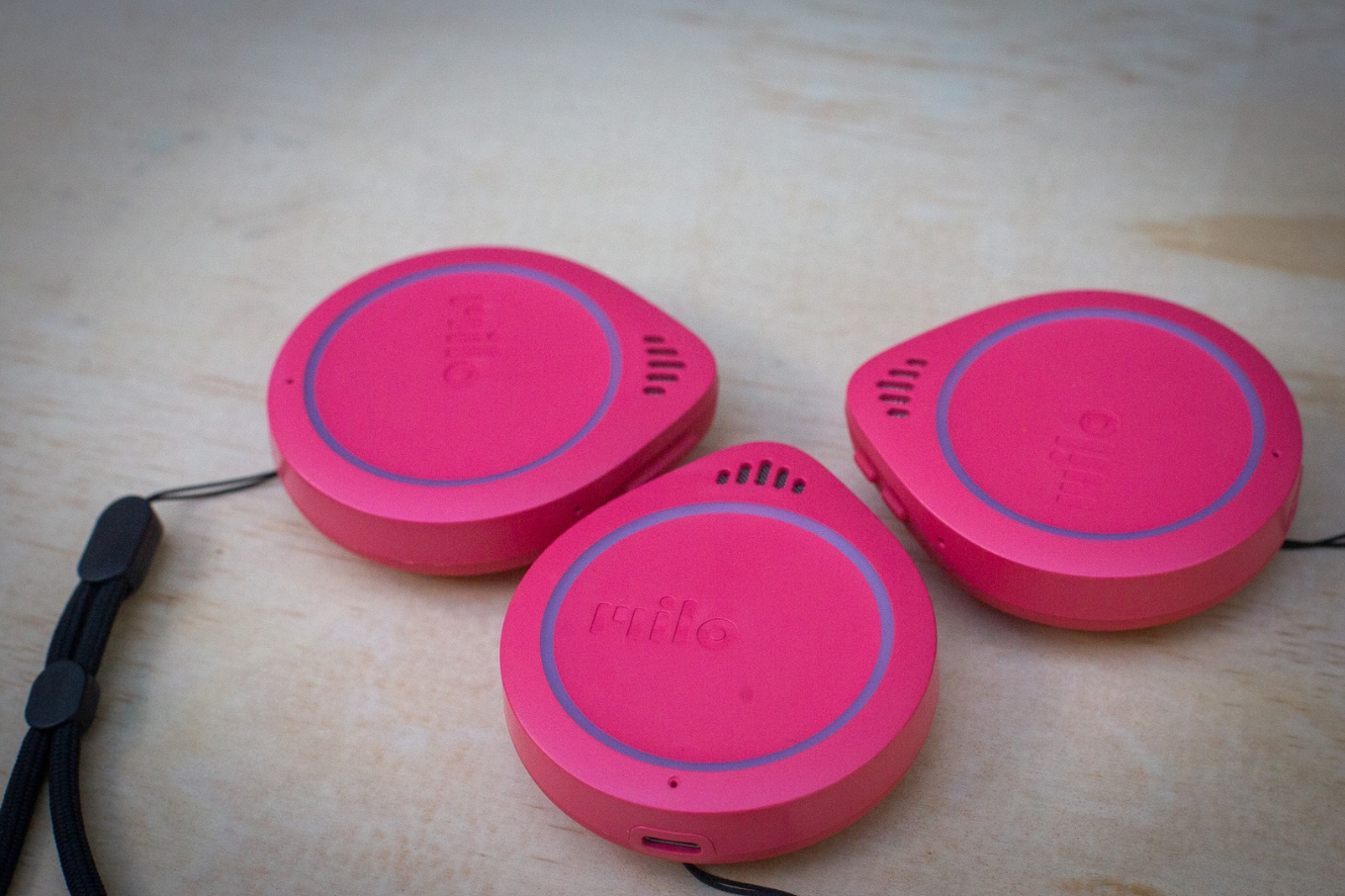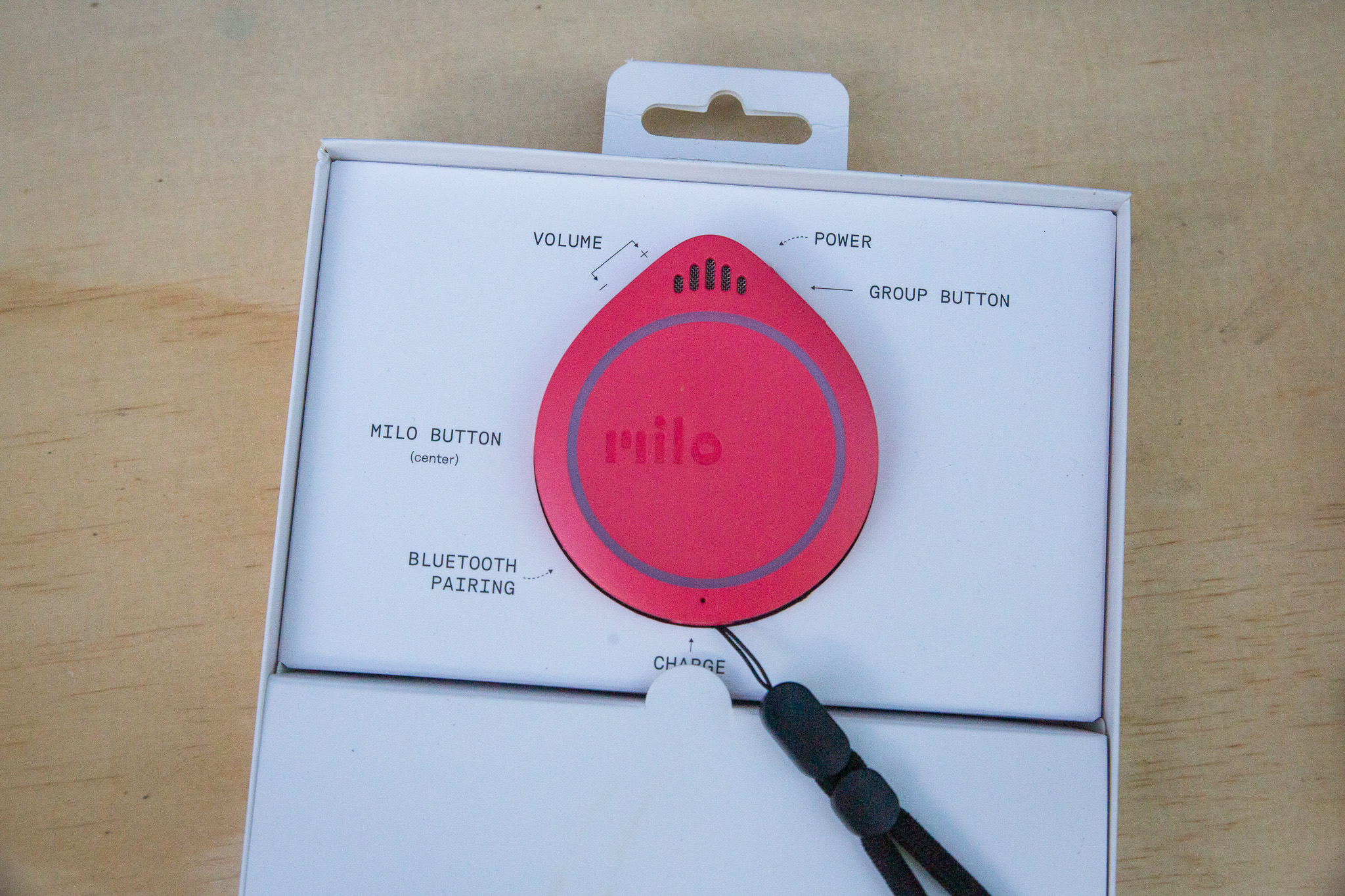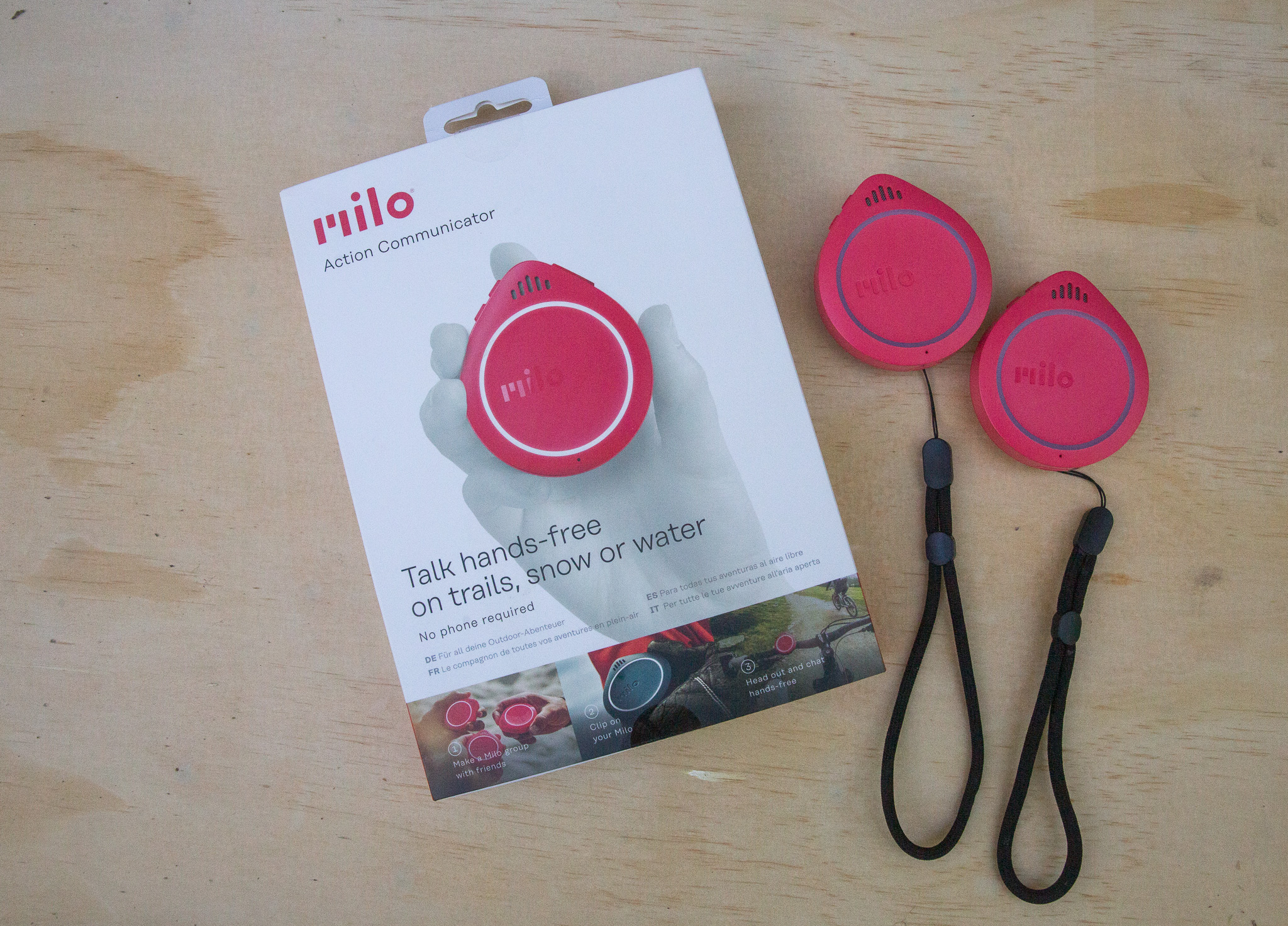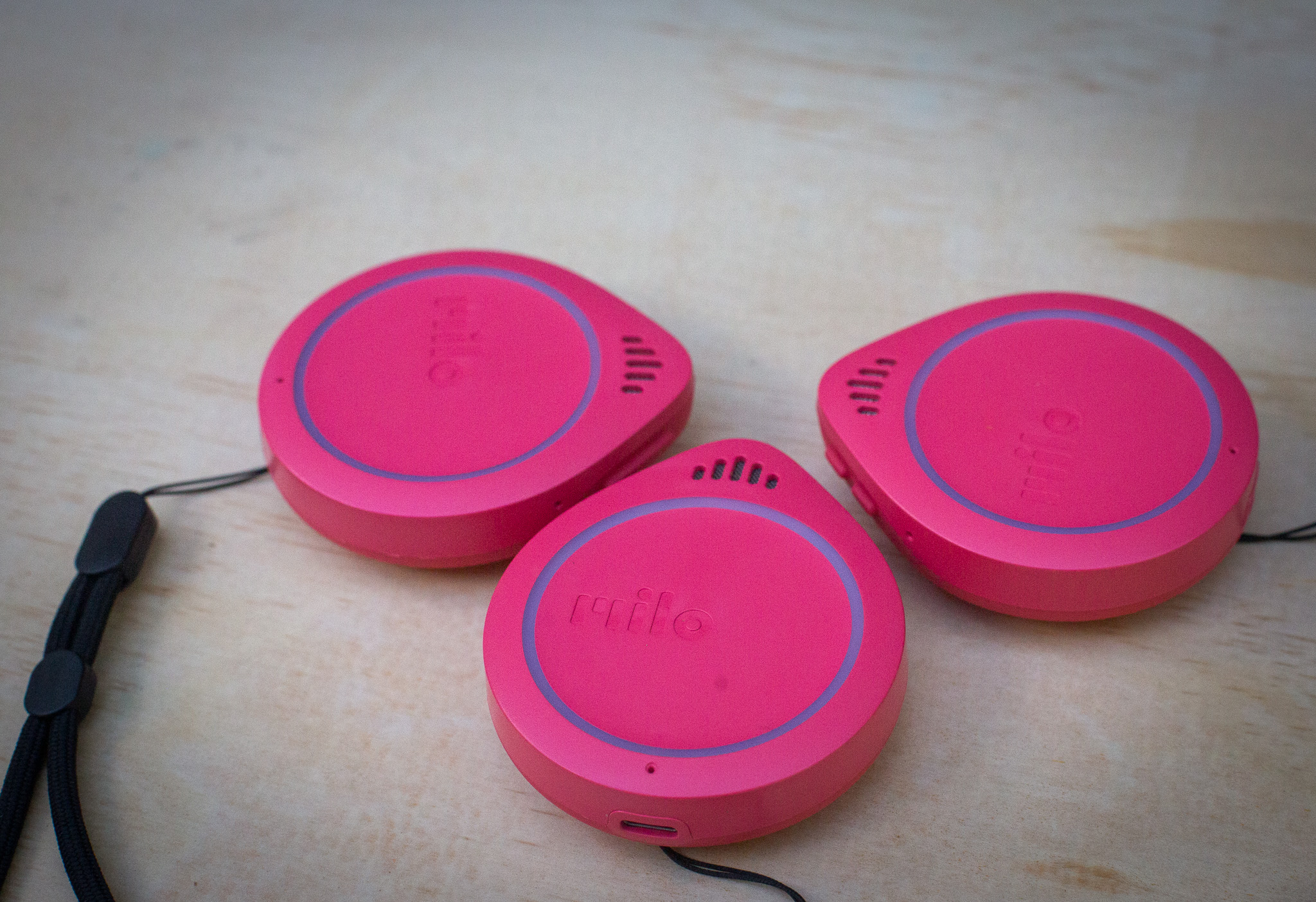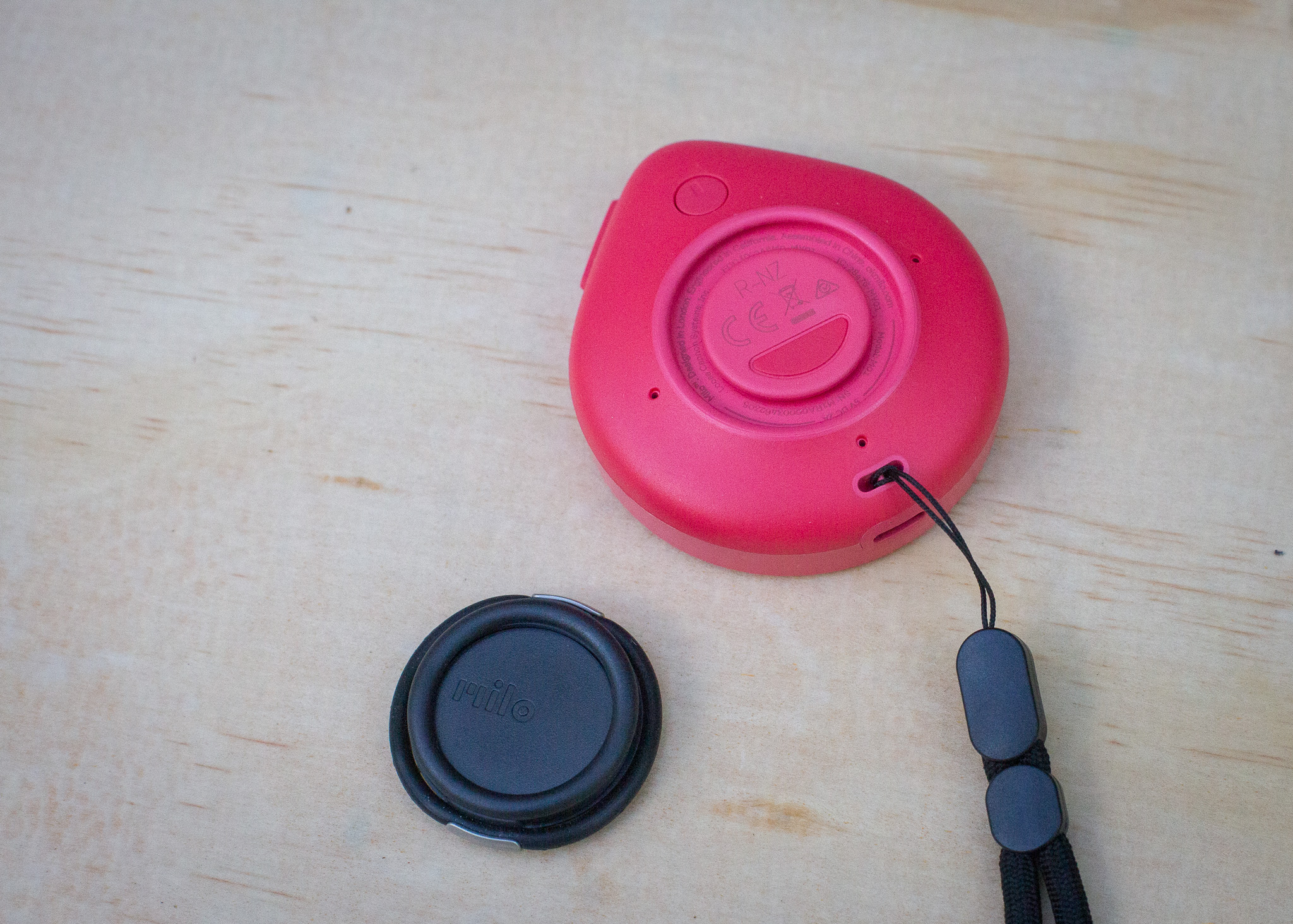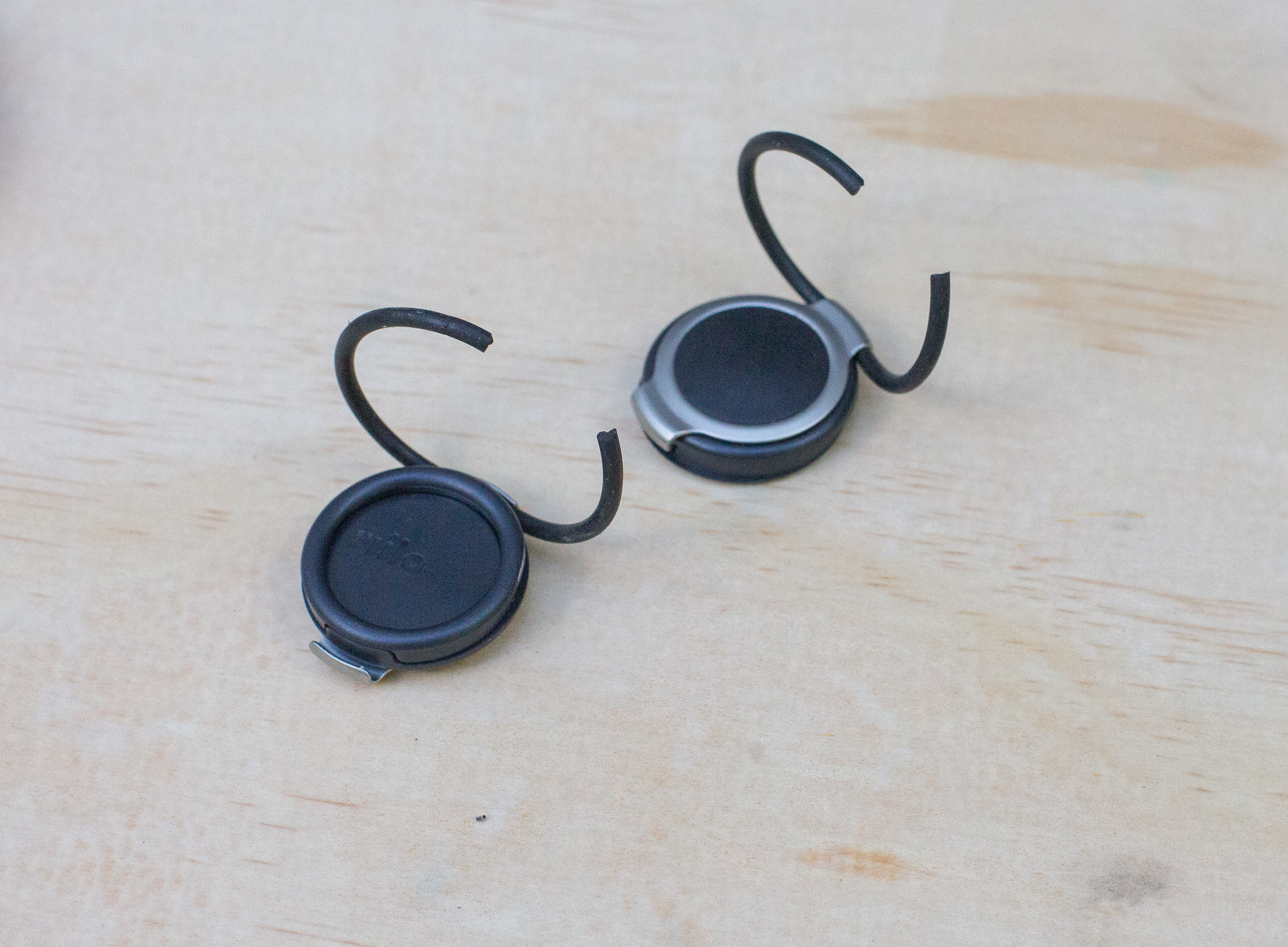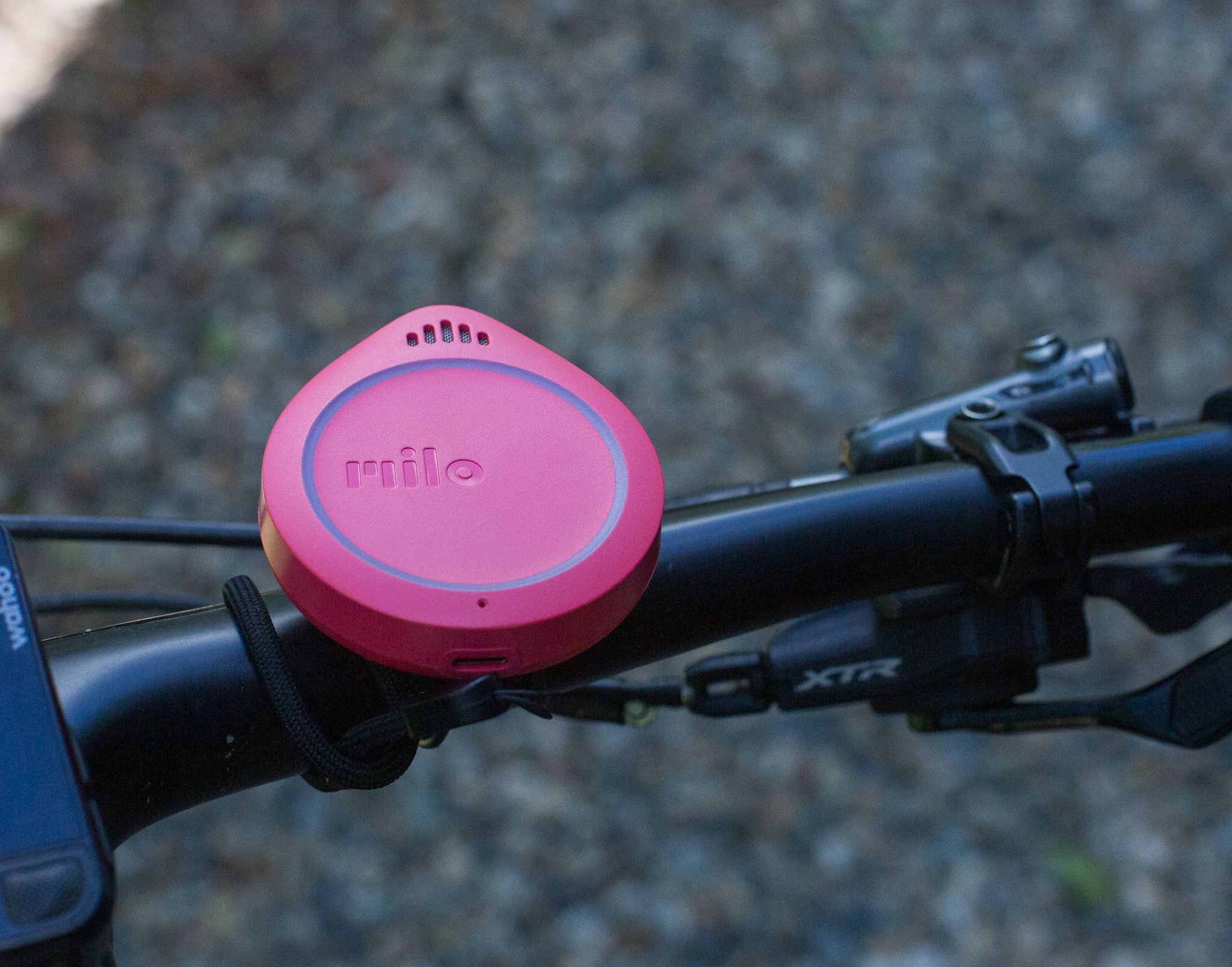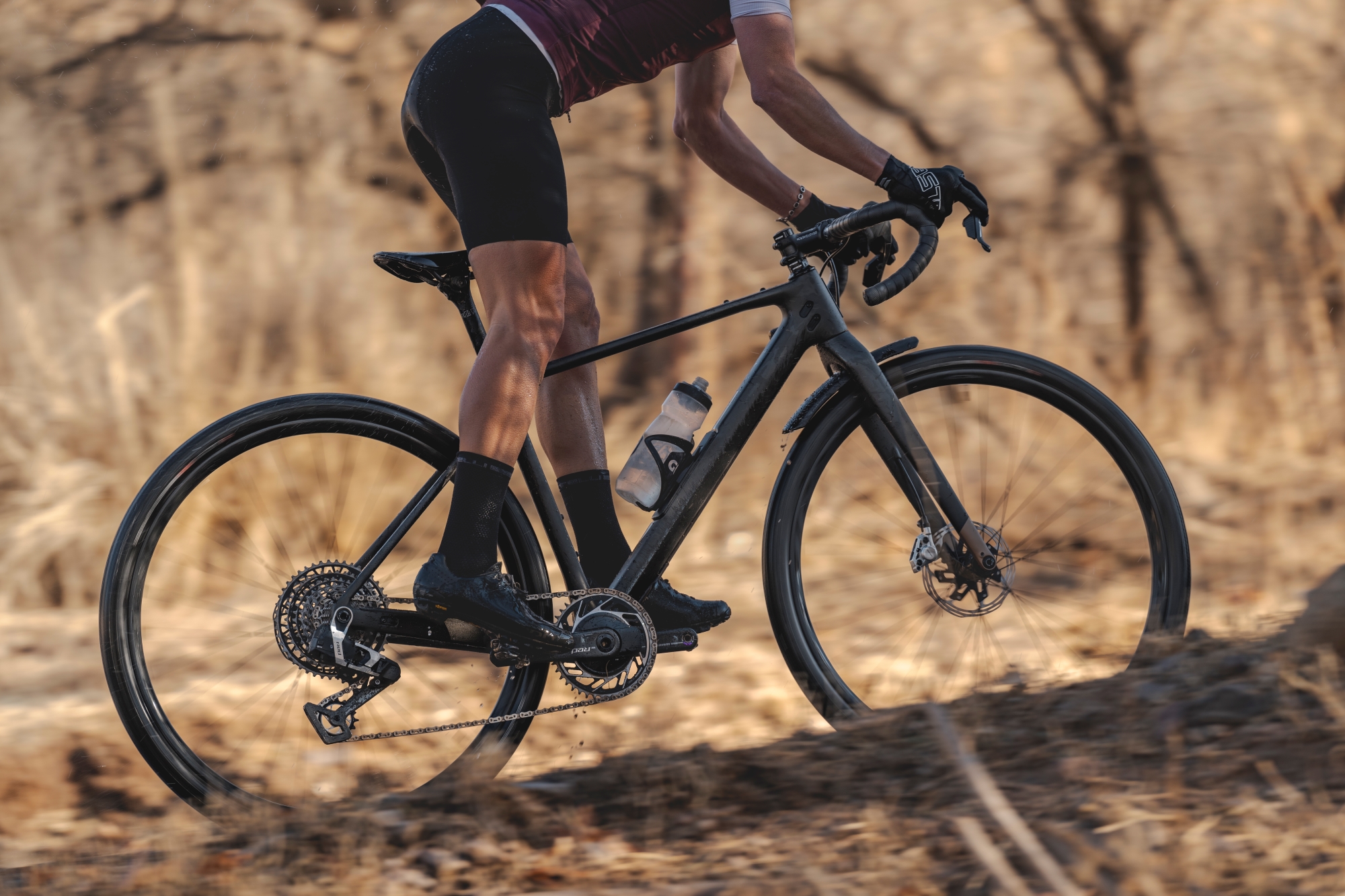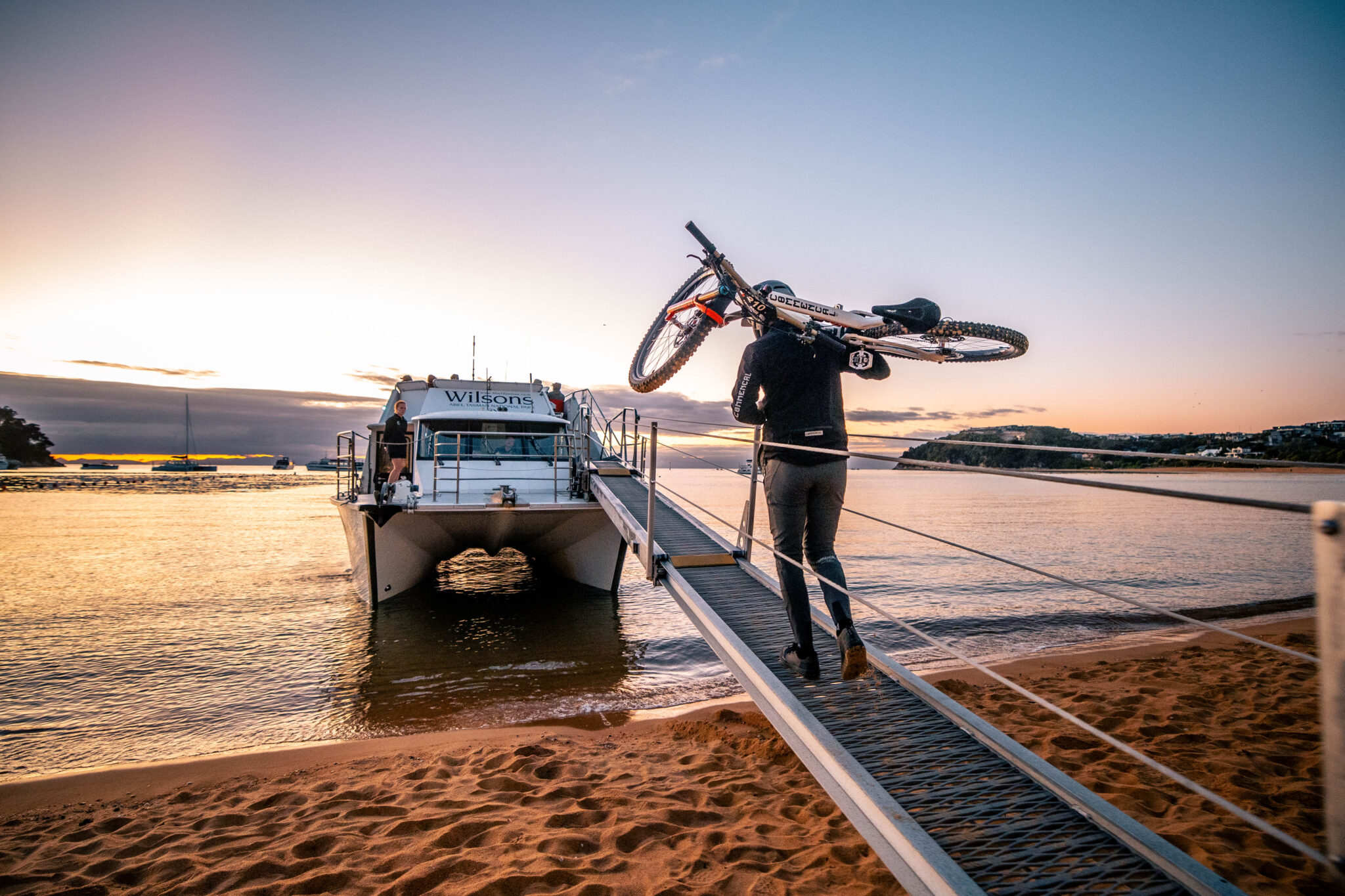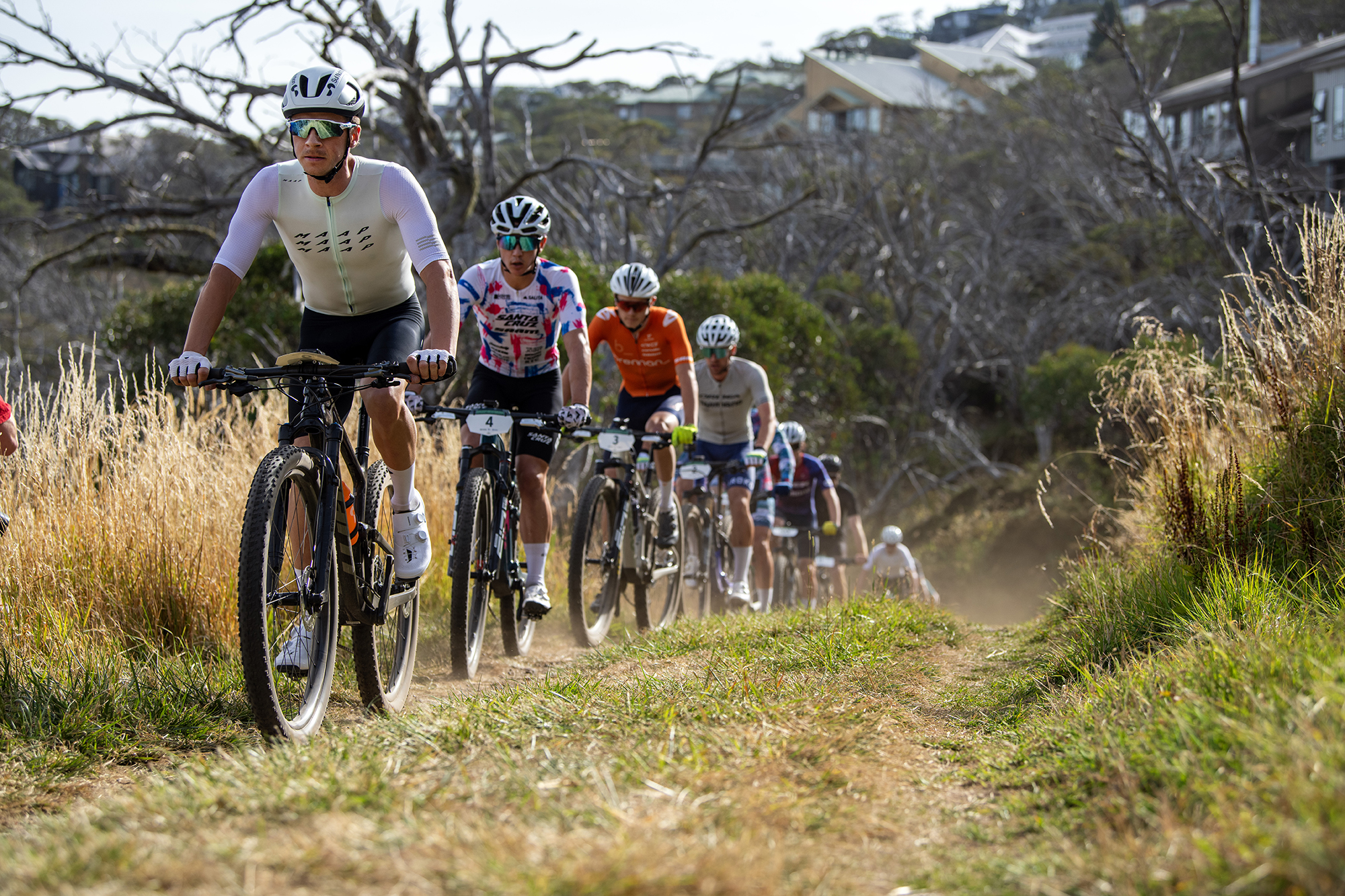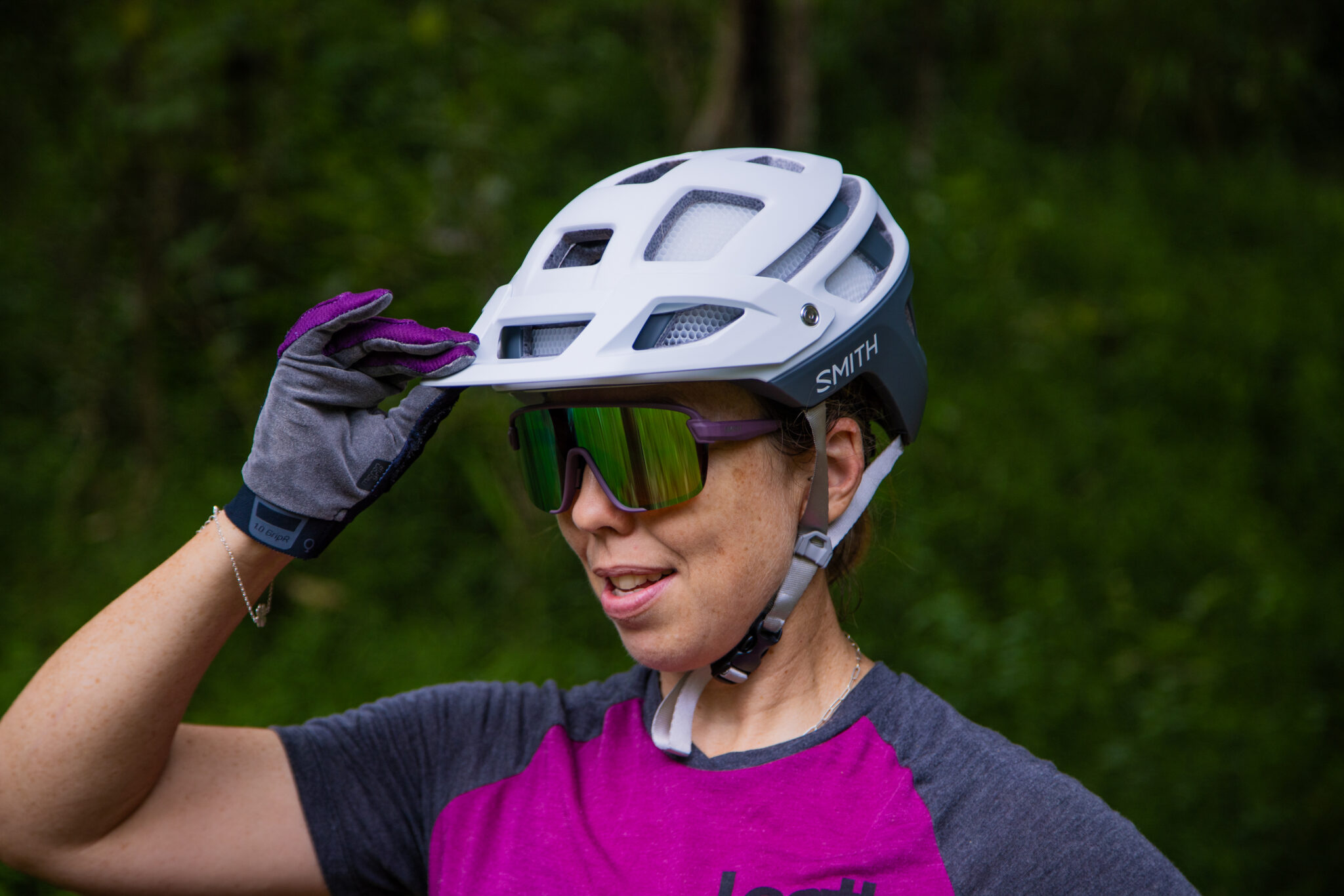Milo Action Communicator
Words and photos: Mike Blewitt
Staying in touch within a small group of mountain bikers can be pretty straight forward, comical or diabolical. It really depends on the crowd, how you’re riding and the trails and setting you are in. From a work perspective, we often joke about ‘go or no’ when on shoots in the forest, as photographers or videographers get setup. But in real world riding scenarios where the tip to tail of a riding group can extend out, keeping tabs on each end or each other can get tricky.
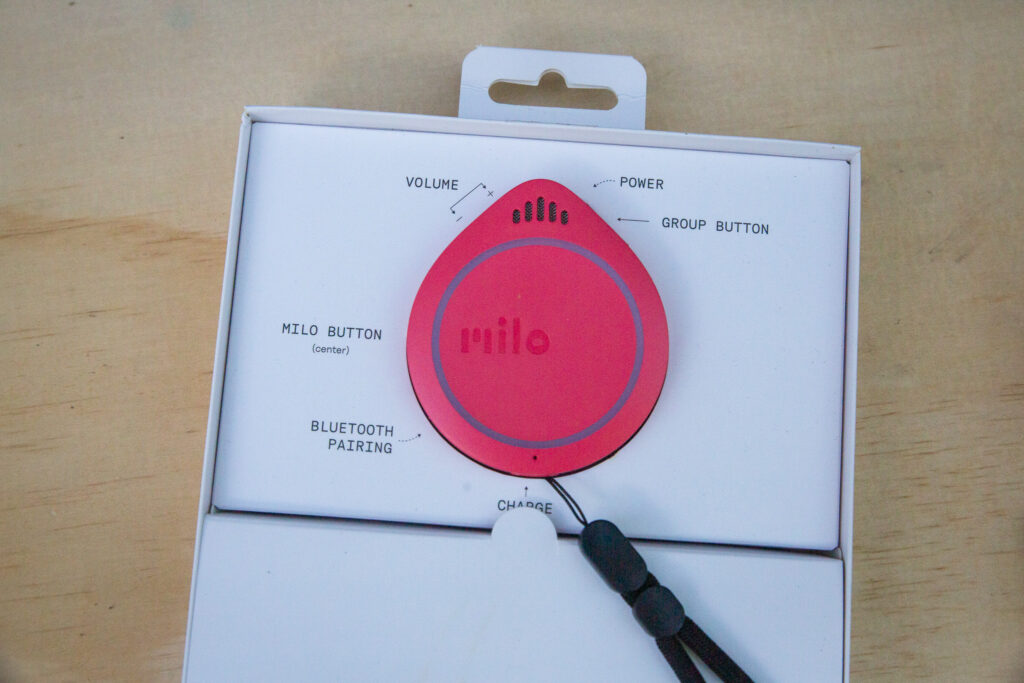
For a lot of Australian trail riding staying in touch is simple. Our purpose-built trails are short, and no one is ever too far away. But move to a bigger environment, or a case where there are ride leaders and things start to change. Communication moves from jokes about each other to essential communication about the group, pacing, mechanicals, potential dangers or even injuries that need attending.
Our phones are mostly ideal tools to stay in touch, especially if you’re paired with a set of Bluetooth headphones and use voice assist to send a text message or similar. I’ve often sent a message while riding, thanks to Siri, knowing it will pop up on a ride companion’s Wahoo. This does rely on coverage and it also relies on minimal wind noise and two devices per rider.
The Milo Action Communicator solves a few of those issues, as a 77g device that can be paired in groups. The hands-free device detects your voice, and sends your message to your group. There’s no need for any phone signal, and there’s no interference from radio waves as when you pair the devices they make their own network. Each device sells for $399, and comes with a mount, tethers and charging cord.
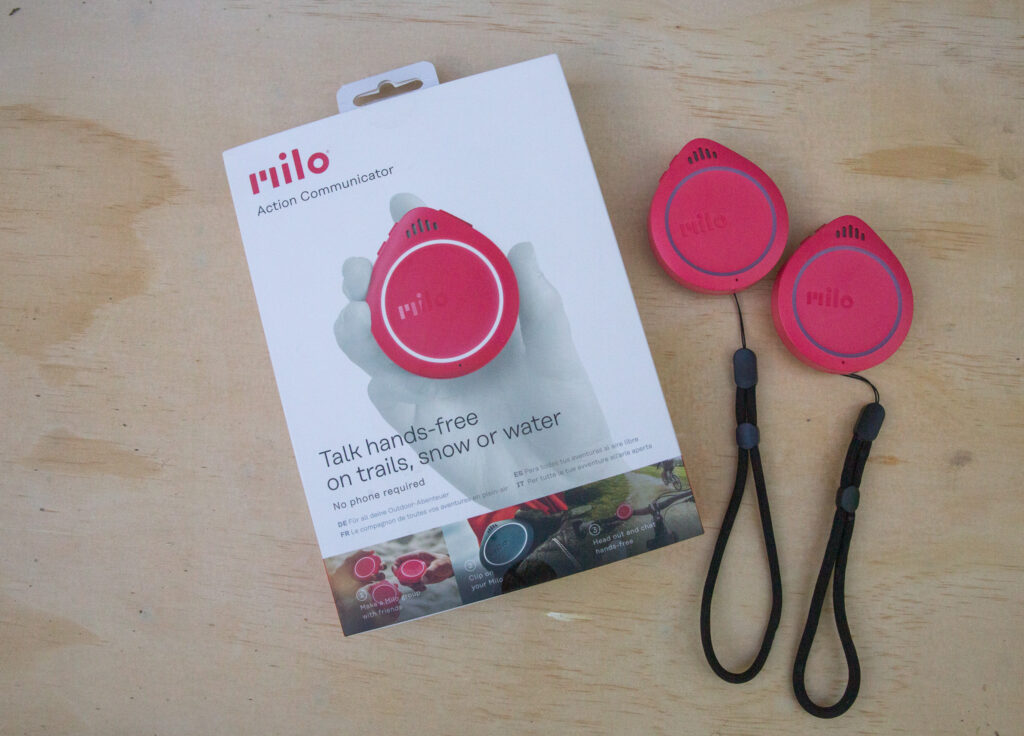
A closer look
The Milo Action Communicator is smaller than it looks, being a bit larger than a generously sized Kingston. It has a button on the back to turn it on and off, a larger button at the 1 o’clock position, and two small ones at the 10 and 11 o’clock positions. The centre is also a big button itself, with lights around the edge of it to act as a visual indicator for volume. There’s a USB-C port for charging, and an app for software updates.
Pairing is quite simple, holding them close to each other and pushing the appropriate button will have them pair, with an audible acknowledgement. They come with an ‘Action Mount’ which is a magnetic mount with 3 rubber O-rings to fit different sized objects. The middle one suits a handlebar, and the larger one could work well on your top tube.
The microphone on the Milo device does use a lot of noice cancelling software, to break through wind noise. You can adjust the volume for the speaker, and there is a boost mode as well!
Clearly, you need more than one of these to do anything, and you can connect up to 6 for a network. I used two riding with my wife in a few different scenarios to see what the best use case may be for mountain bikers.
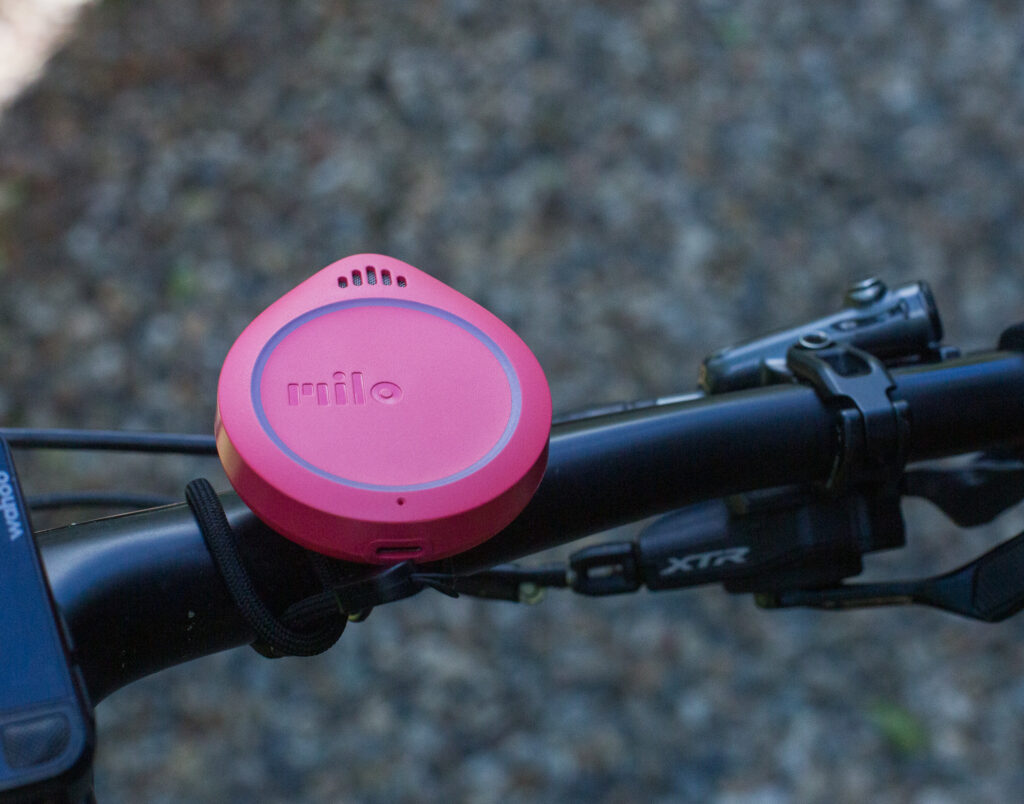
On the trail
At first, the Milo Communicator felt very gimmicky, and we mostly used them for comic relief. You can press the central button like you’re making calls on a radio, but the devices do work on voice recognition – so you don’t need to do that. On fast descents where you get spread out this actually comes in handy, especially after the Queensland storm season, being able to call fallen trees, with the message coming through to the rider behind. As long as they can hear it. We did find that at speed, unless you had the sound on the boosted setting, it was difficult to hear precisely what was said.
We did also find that a few other noises were picked up and communicated. Sometimes a couple of aggressive gear shifts came across the system, or even trail noise under heavy braking. It’s not bad, but it does leave you wondering if you missed hearing something that was said. You can turn the volume up, and I found all buttons were easy to use even with gloves on.
On our first ride out both rubber o-ring mounts broke – although these were easily subbed out with some left over Garmin bands at home. You can get arm bands as well, but I just don’t see them being great for mountain biking, with the chance of them being tugged off by a branch or foliage quite high. This would depend completely on the trails you ride. In the end, they Milo devices worked pretty well in a cargo bib pocket – certainly no worse than on the bars, and with no rattling around in the mounts.
Range is stated to be a bit over 600m. We frequently tested it at about 100m without issue, and even that feels like a long way apart when you’re meant to be riding together.
What is interesting is how the messages are sent. Essentially, what you are saying is recorded, and then sent. If you’re near the person, the other device will likely hear you as well and nothing gets sent. But when you are barely in earshot, you may still hear the person say something – and then it comes through. So there is a tiny bit of a delay. This will prevent people talking over each other (we have all been in that Teams meeting…) but it will add a delay, and I can imagine that could get frustrating if you add a third, fourth, fifth or even sixth device into the mix.

So who is it for?
For my day-to-day riding use, the Milo Action Communicator was a novelty, and one I don’t really need. If I am riding with a friend or two, we ride close. If I’m riding with my wife, we are mostly wheel to wheel – we are competitive like that. However, with a background in physical education and being very aware of how mountain biking is growing, I can see just how useful a set of these would be in any guiding or group leading settings. That could be leading a club ride with designated ride leaders, to skills sessions with a coach and assistant coach, or just larger groups of friends with fairly mixed abilities. Anyone leading a group is going to be more spread out, yet needs to stay in touch from tip to tail will find this sort of device very beneficial. While you can only have upto six devices used at once, I see this is a leader and tail end Charlie sort of setup – maybe with another device depending on group size.
And yes, you could use a phone for this, or even a CB radio. But that relies on phone reception and taking your hands off the bars. The Milo Action Communicator is hands-free, making for more instant communication. I even think parents taking their kids to the trails would benefit, especially if one parent is riding with one junior shredder while the other rides with the junior who is not yet shredding so much – so both little groups can ride at their own paces.
In terms of riding buddies staying interconnected and sharing stoke – I think trying to hear each other audibly at speed and with the general trail and wind noise that occurs with mountain biking makes that difficult. While the devices do better at noise cancellation than any other device I have used, at certain speeds on ground that isn’t smooth, it just gets difficult and at worse – distracting.
Verdict
This is some cool tech, and likely a very handy gadget for specific use scenarios. It would be a fun gadget for a group of friends, however at $399 each I think you may struggle to get your friends to see the benefits. Flip that into a situation where you have a duty of care over a group, or you are in a work setting, and the Milo Action Communicator really comes into its own, as it doesn’t need phone reception and offers near instant hands-free communication for those who need to be in contact with each other in a group dynamic.
NEED TO KNOW
Hits:
Easy to pair and easy to use
Can be mounted, but does work ok in a pocket
Light and compact
Hands-free communication without phone service
Misses:
Mount doesn’t suit mountain biking
Multiple users will create communication lag
RRP: $399 per unit
More Info: aqipa.com/en-au/

